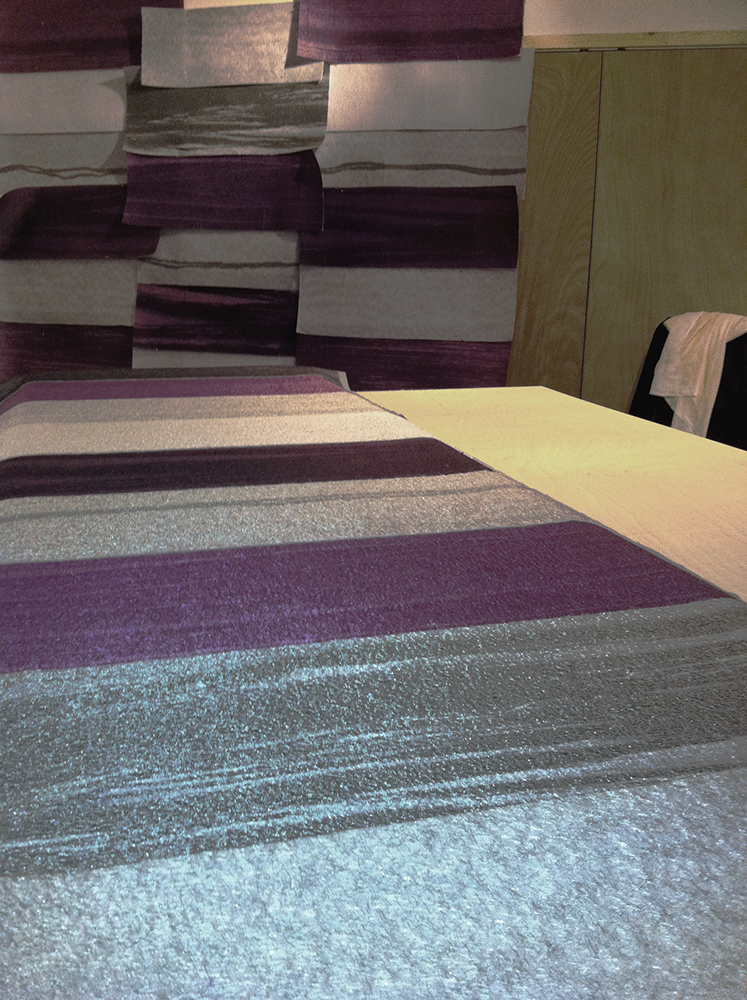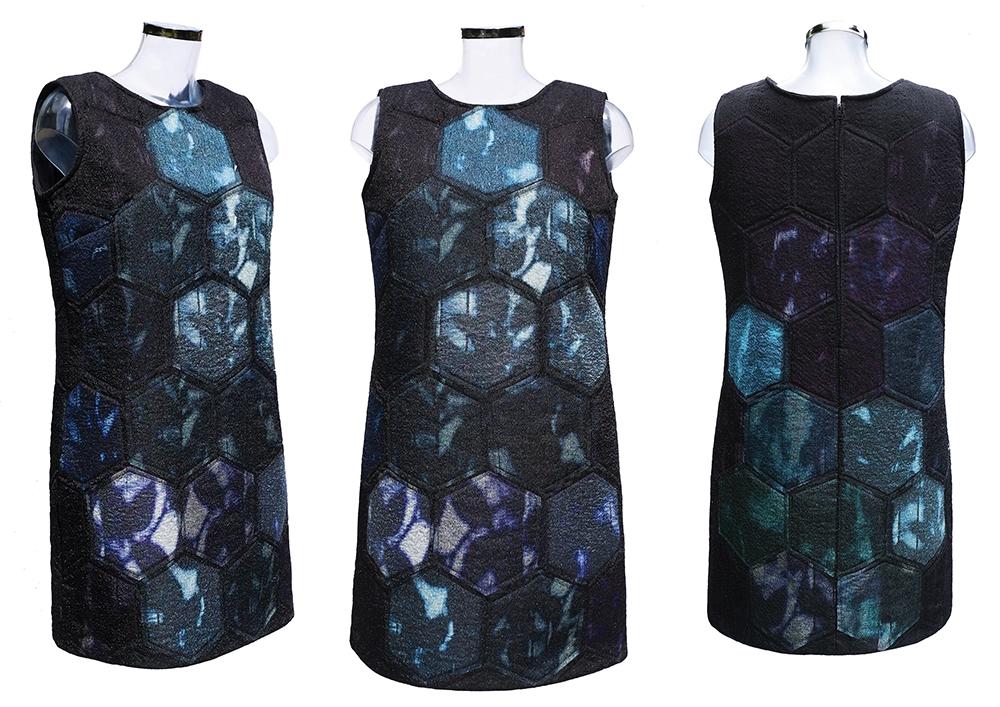Seam Collective are proud finalists in the Creative Bath Awards in the ‘Maker’ category.
The winners will be announced on 8 June 2017.
LONDON ART BIENNALE 2023
We have just returned from an incredible trip to London exhibiting Carn Galver 2 at the London Art Biennale in Chelsea.
The exhibition organisers describe it:
“About the London Art Biennale:
The London Art Biennale is a prestigious art exhibition held in London, celebrating contemporary art from around the world. With a focus on cultural diversity and creative expression, the Biennale aims to foster meaningful connections between artists and audiences while promoting the importance of art in society. The event features a diverse range of artistic mediums and styles, offering visitors a unique and immersive experience. For more information and updates, visit www.londonbiennale.co.uk.”



Seam Collective are proud finalists in the Creative Bath Awards in the ‘Maker’ category.
The winners will be announced on 8 June 2017.

Seam Collective’s shiftWorks exhibition returns to Bath.
Please come along to Bath Spa University, Sion Hill from Monday, 24 April to Friday, 5 May 2017.



My love of textiles began at a very early age, influenced by my grandmother, a weaver and embroiderer, who had cupboards full of natural fabrics and exquisite needlework. I learnt to use a sewing machine and was making my own clothes when I was 9 years old. Being brought up in Lancashire, we were surrounded by a combination of textile mills and beautiful, wild moorlands. I remember the towns being quite dark, with enormous mills overshadowing the terraced houses, making the contrast of the surrounding countryside even more impactful.
The first business I set up was designing and making hand tufted rugs. My ‘studio’ was in an unheated garage with no natural light. To keep warm, I used to wear a black balaclava, cut off gloves and a big black jacket. I managed to scare the postman a few times!
Commissions included a rug for a Contemplation Centre at a Rotterdam Hospital and a rug for the Managing Director’s suite, British Rail, Birmingham.
I now have a lovely warm, bright studio to work in. My favourite textile machine at the moment is the needle punch, which has a bed of 2,000 needles. It blends and distresses layers of fabric in very exciting and sometimes unpredictable ways, as I learnt by trial and error! Experimentation is what I most enjoy.
Working with architects and interior designers, I make large scale art panels for interiors, some of which are also sound absorbing acoustic panels. I also make screens, blinds and soft furnishings.
Inspiration for designs is usually taken from nature, particularly the play of light and shadow on surfaces, and degradation of materials. Fabrics are hand dyed or digitally printed using my photographic imagery before being constructed on the needle punch.
I tend to ‘sketch’ with fabrics to develop the composition

Once the fabric has been digitally printed it goes through many processes, layering of fabrics and being needle-punched to combine them.
Hexagons are cut from the needle-punched fabric and assembled on a backing cloth, hexagons sized to precisely fit the pattern.
The patchwork of hexagons are then stitched in place through a top layer which is cut back to reveal the needle-punched fabric.
I made a variety of samples of hexagons for the Katsura Shadows Shift Dress, investigating the effect of light and shadow, use of colour and the flow of the pattern.
Hexagons were butted up to each other and some spaces left. Colours too muted and the pattern did not flow.
The use of thicker needles in the needle punch gave a hairier distressed effect to the finish of the fabric. I decided to use finer needles.
I tried digitally printing hexagons on the fabric but these distorted when needle punched.
The colours on this sample were much more successful giving a pleasing shadowy effect. The use of finer needles gave a shimmer to the fabric.